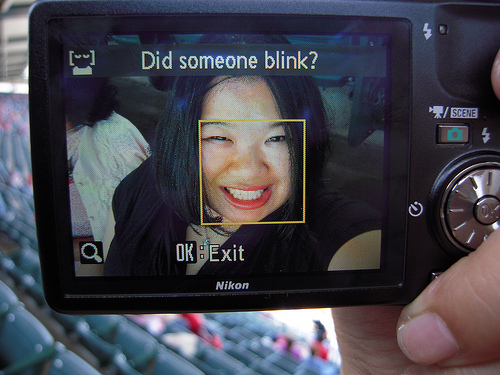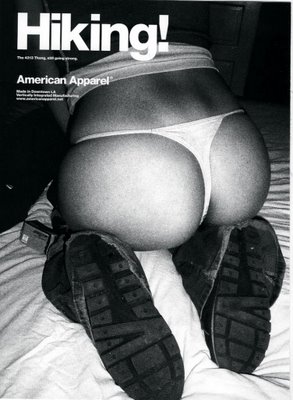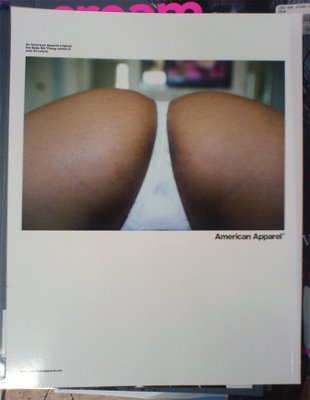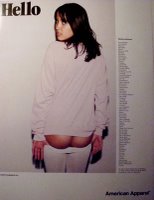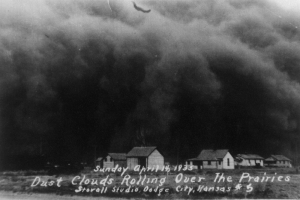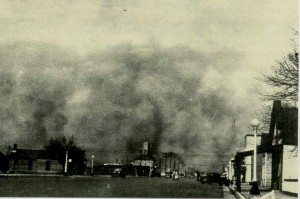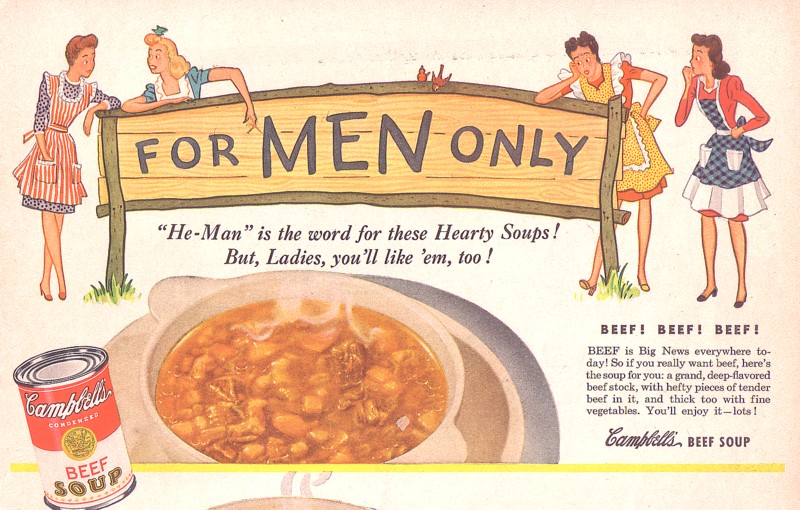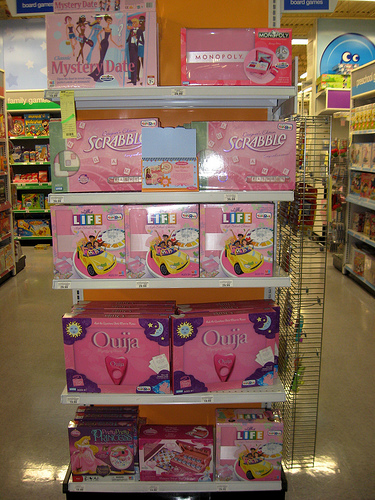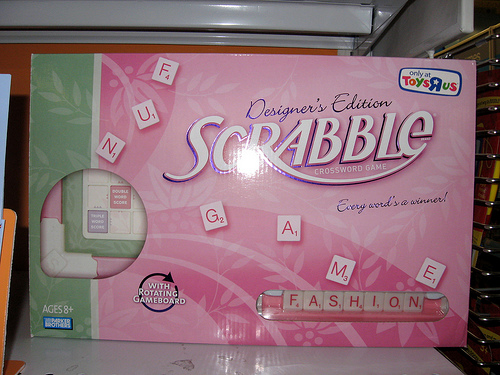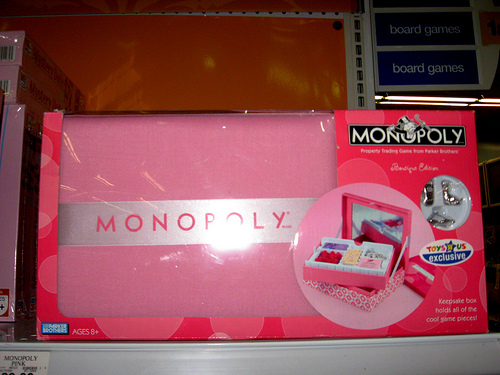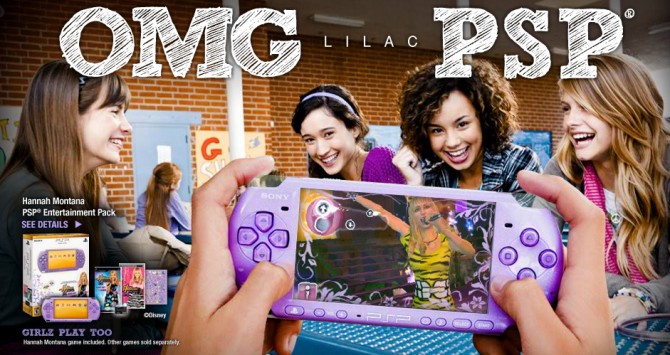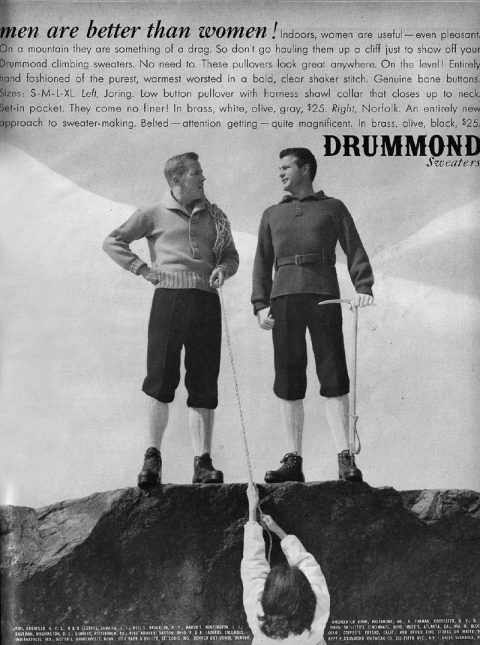
In the documentary Dreamworlds 3: Desire, Sex, and Power in Music Video, Sut Jhally investigates how images of sex and violence, and sexualized violence against women, are used in music videos, and how music videos help shape ideas of what is sexy. Here’s a clip:
The entire, unabridged version of the film is available here.
Elle sent in a link to the video for Lady Gaga’s song “Paparazzi,” which features one extended scene of sexualized violence (starting at about 1:45) and several other glimpses of women throughout the video who appear to be dead (it’s really worth watching the entire video–it’s something else):
Of course, Lady Gaga would probably argue that this video is in fact opposing violence against women, since in the end the evil paparazzi boyfriend gets killed. But there’s the same imagery Sut Jhally discusses: the mixture of sexuality with violence and hints of brutality, and of injured or dead women in glamorous, sexy clothing. Notice that in the opening sequence, the “normal” sex doesn’t look too much different than the violence that follows.
Other examples of sexualized or glamorized violence: strangling a woman with your necktie, suffering women as a turn-on, murder in a Wrangler’s ad, photo shoot with Rene Russo, t-shirts trivialize violence against women, is it a passionate embrace or an attack?, condom ads, ad for “The Tudors,” women’s discomfort is fashionable, Hunting for Bambi, the infamous Dolce & Gabbana ad, and “American’s Next Top Model.”

